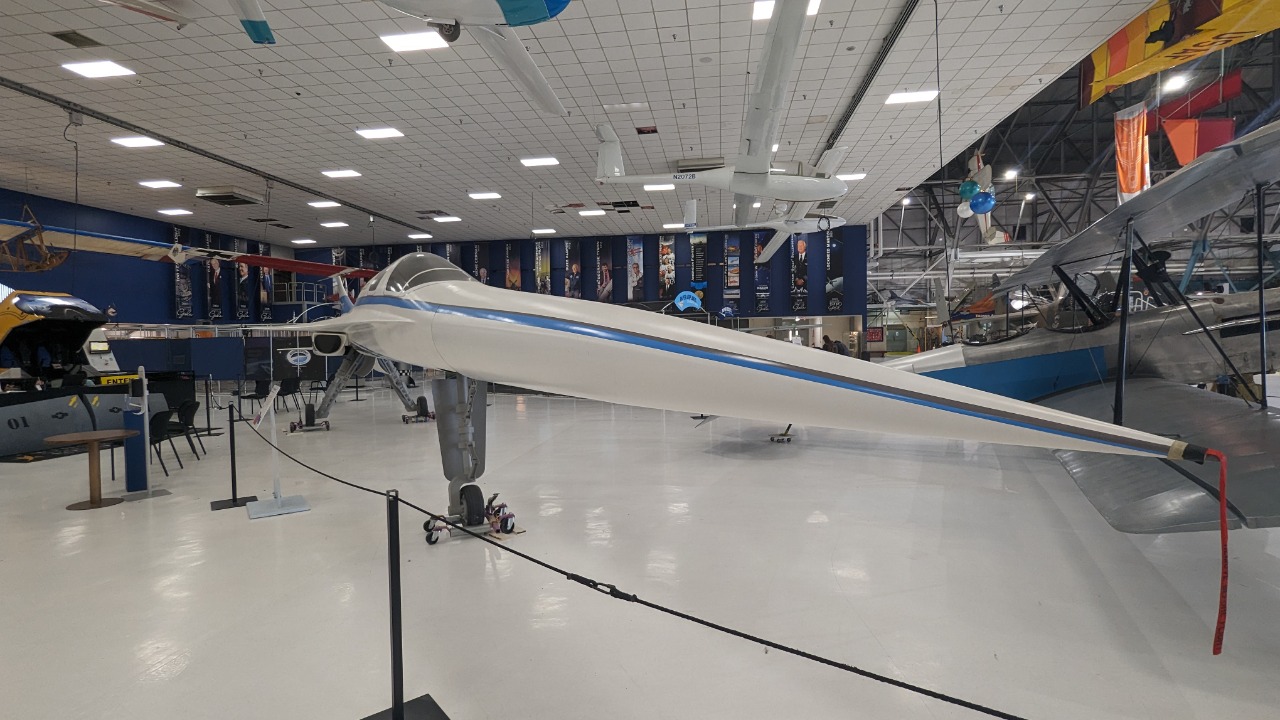
Remarkable strides in aviation technology have ushered in a new era of supersonic aircraft that surpass the speed of sound. Among these high-speed marvels, the Boom Overture stands out, with airlines now placing orders for this groundbreaking aircraft. This development signifies not only faster flights but also a transformative phase in air travel.
A Look at the Boom Overture
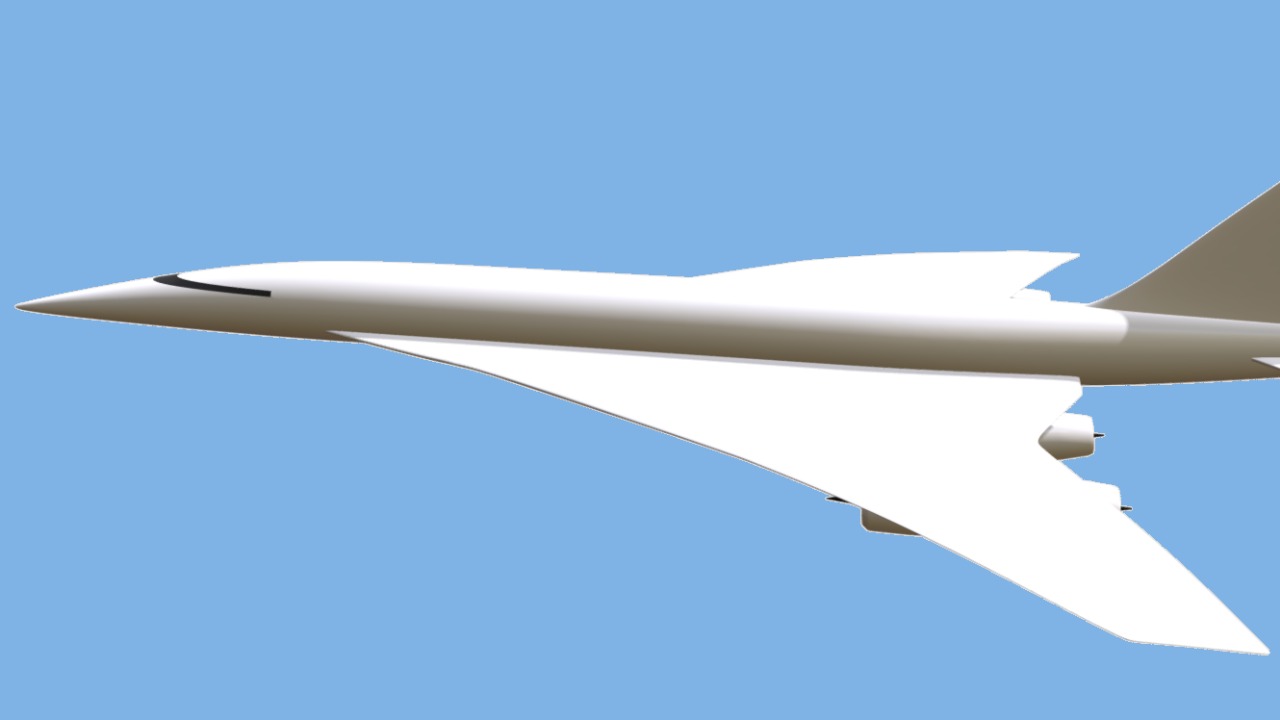
The Boom Overture is an ambitious project that seeks to revolutionize air travel. This supersonic passenger airliner is designed to cruise at Mach 2.2, over twice the speed of sound, and can accommodate up to 88 passengers. It boasts an exquisite design with sleek lines, a pointed nose, and a delta-wing configuration. The aircraft promises a luxurious travel experience while significantly reducing flight times.
The technology that drives the Boom Overture’s impressive speeds is a result of innovative engineering. The aircraft’s structure incorporates carbon-fiber composites to ensure strength and lightness. It uses advanced propulsion systems for power and efficiency, and the aerodynamic design minimizes drag while maximizing speed. However, such high speeds raise concerns about the environmental impact. The Boom Overture is designed to run on 100% sustainable aviation fuel, aiming to mitigate the carbon footprint associated with high-speed travel.
Supersonic Speeds and What They Mean for Travel
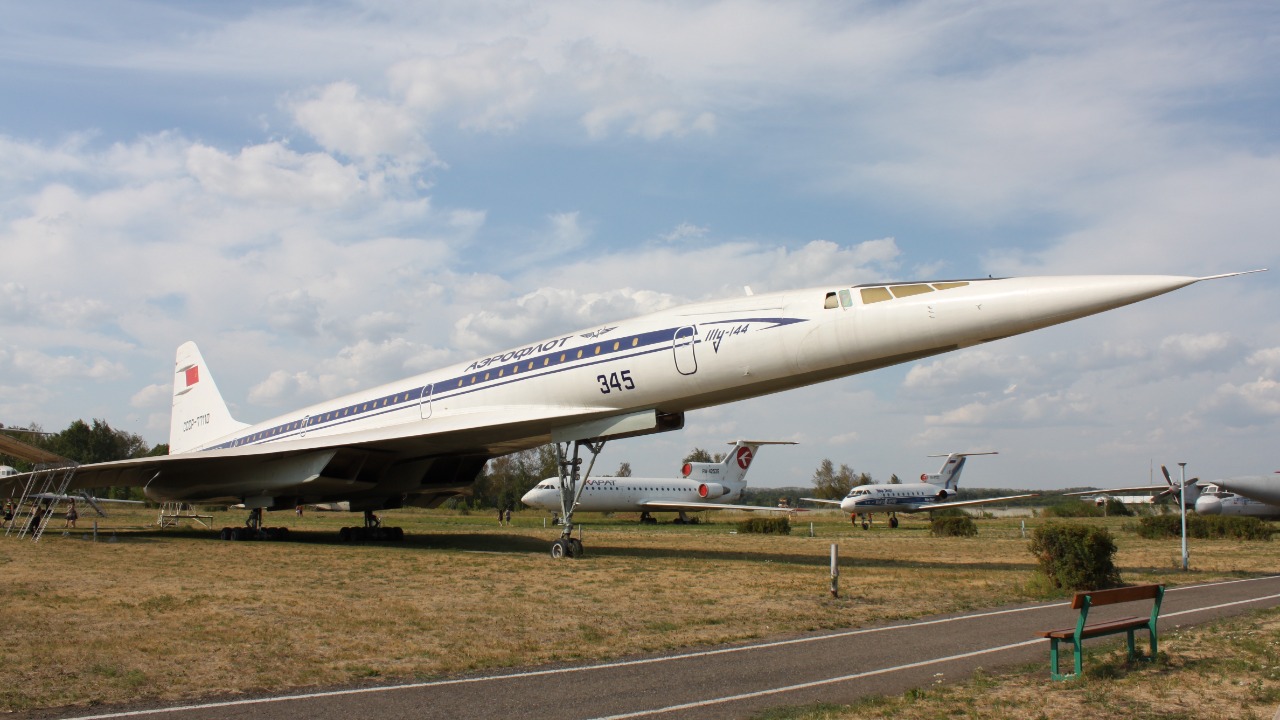
Supersonic speed, by definition, is any rate of travel that exceeds the speed of sound. In practical terms, this speed allows aircraft to complete flights in significantly less time than traditional aircraft. For example, a transatlantic flight that typically takes seven hours could be completed in just over three hours with supersonic travel. This time-saving aspect could transform business travel and make long-distance trips more feasible for vacationers.
However, supersonic travel is not without its challenges. The sonic boom produced by supersonic aircraft can cause noise pollution, and these planes require more fuel than traditional aircraft, raising environmental concerns. Additionally, the high costs associated with developing and operating supersonic aircraft could make tickets prohibitively expensive for many travelers.
The Ordering of the Boom Overture
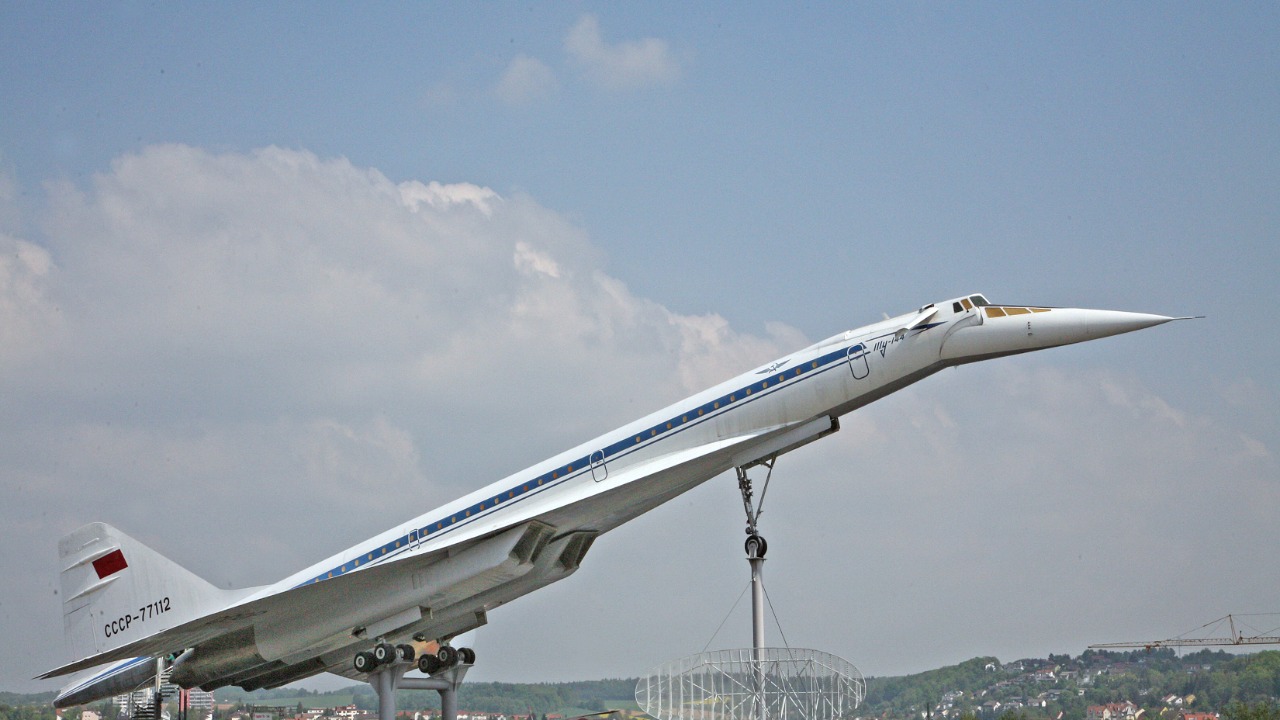
Airlines are recognizing the potential of supersonic travel and have begun placing orders for the Boom Overture. United Airlines, for instance, has ordered 15 of these aircraft with an option for 35 more. This move indicates a significant shift in the airline industry, where speed could become a competitive advantage.
The incorporation of supersonic aircraft like the Boom Overture into airline fleets could lead to changes in flight routes and schedules. Long-haul routes could become more prevalent, and airlines might offer more frequent flights to popular destinations. However, these changes would have to balance with the operational costs and environmental impacts of supersonic travel.
The Future of Air Travel
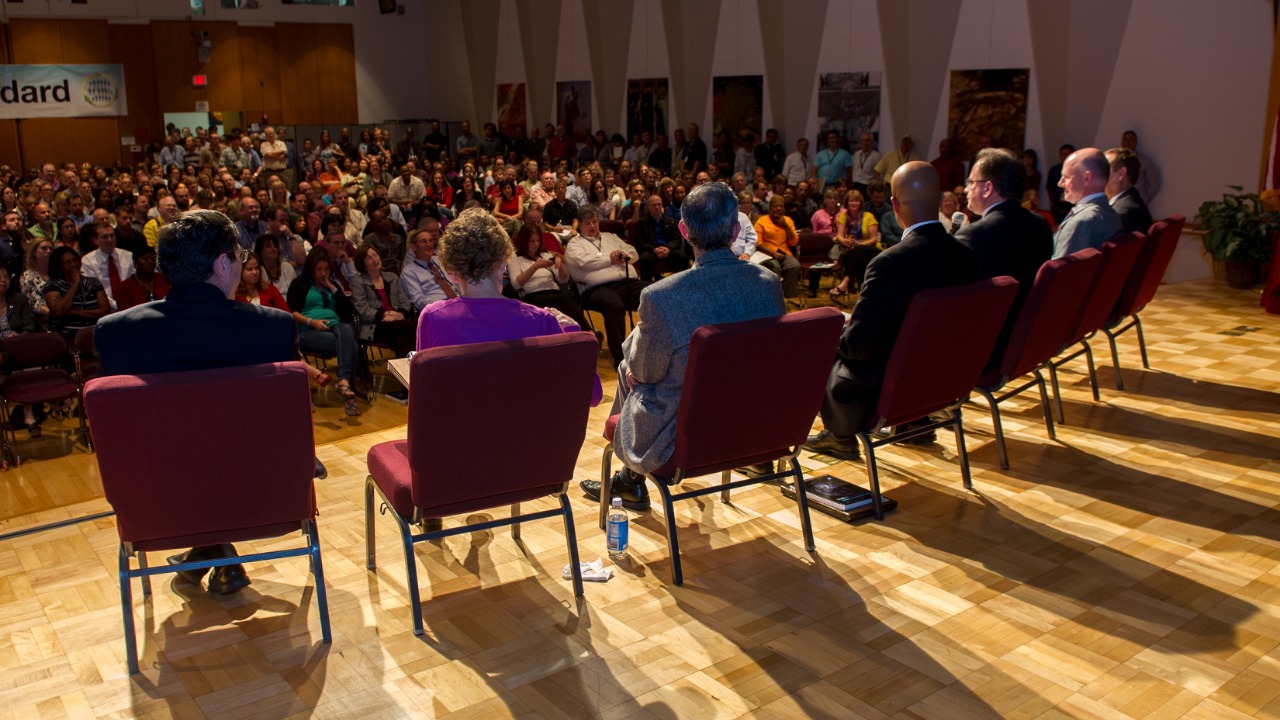
Supersonic aircraft like the Boom Overture could play a pivotal role in shaping the future of air travel. As airlines and passengers prioritize speed, we could see more investment in supersonic technology and further advancements in this field. The potential improvements could include more efficient engines, quieter sonic booms, and more sustainable fuels.
However, for supersonic travel to become mainstream, it must be accessible and affordable for the average traveler. This goal might seem a long way off considering the current high costs associated with supersonic flights. But as technology advances and economies of scale come into play, we could see a reduction in ticket prices.
Supersonic Flights and Hawaii Tourism
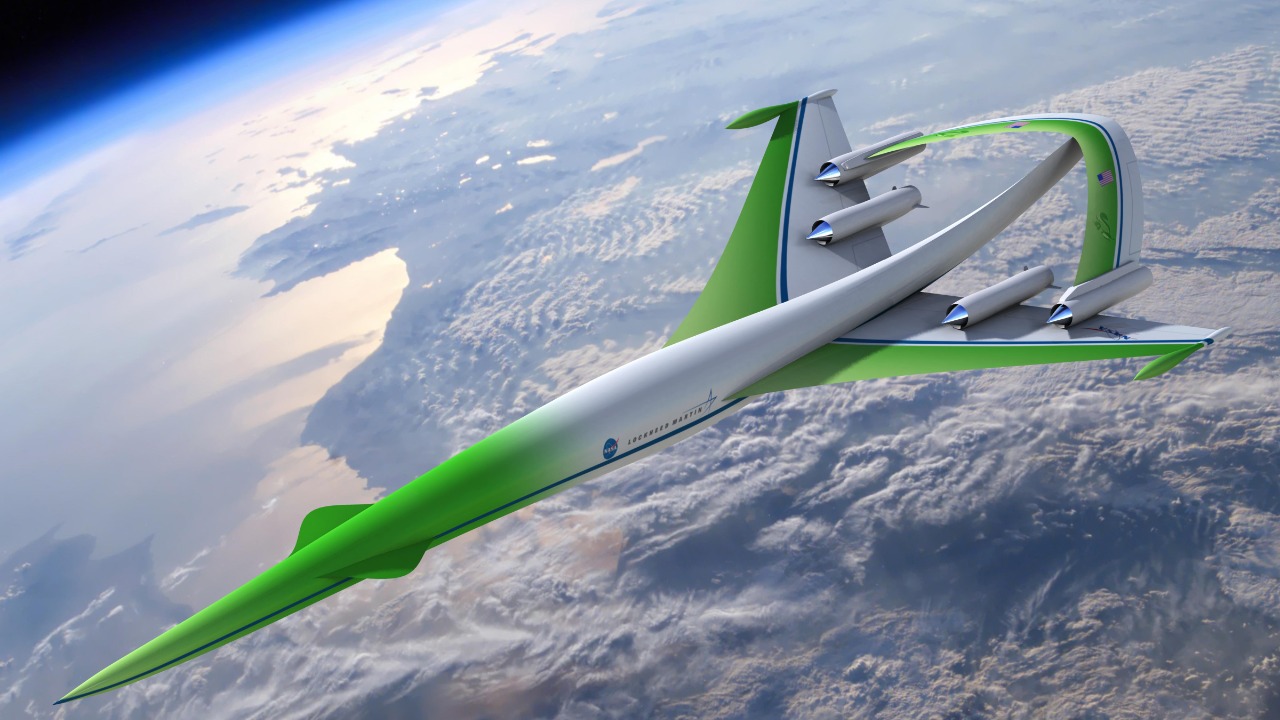
Supersonic flights could have significant implications for tourism, particularly in destinations like Hawaii. With the ability to halve the travel time from the US mainland, Hawaii could become a more attractive destination for short vacations. As a result, we might see changes in travel patterns and a boost in visitor numbers.
Increased visitor numbers could bring a significant boost to Hawaii’s economy and tourism sector. However, this potential growth must be carefully managed to preserve Hawaii’s unique natural beauty and cultural heritage. As discussed in this article, it’s crucial to balance the benefits of increased tourism with the need for sustainable practices.
Supersonic travel, embodied by the Boom Overture, is poised to redefine our experiences of air travel. While challenges and uncertainties remain, the potential benefits of faster flights and increased connectivity are compelling. As we enter this new era of aviation, we must ensure that progress is balanced with sustainability and accessibility. For more scholarly insights into the subject, refer to these ProQuest and HeinOnline articles.